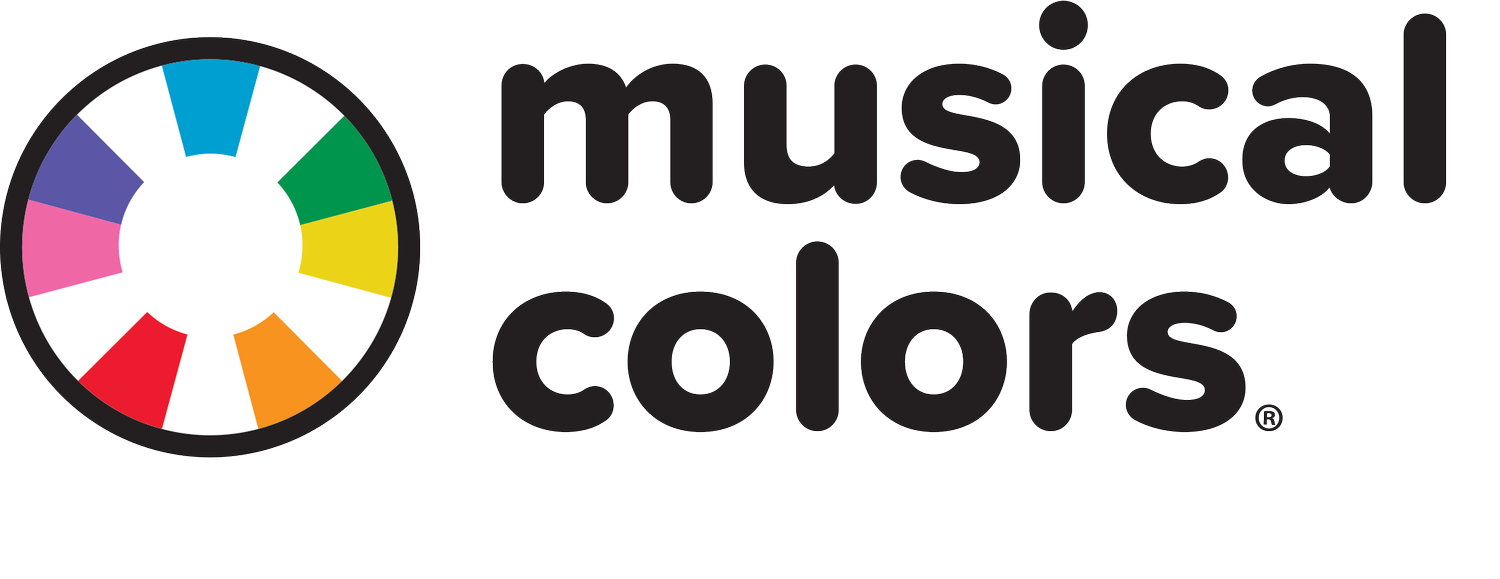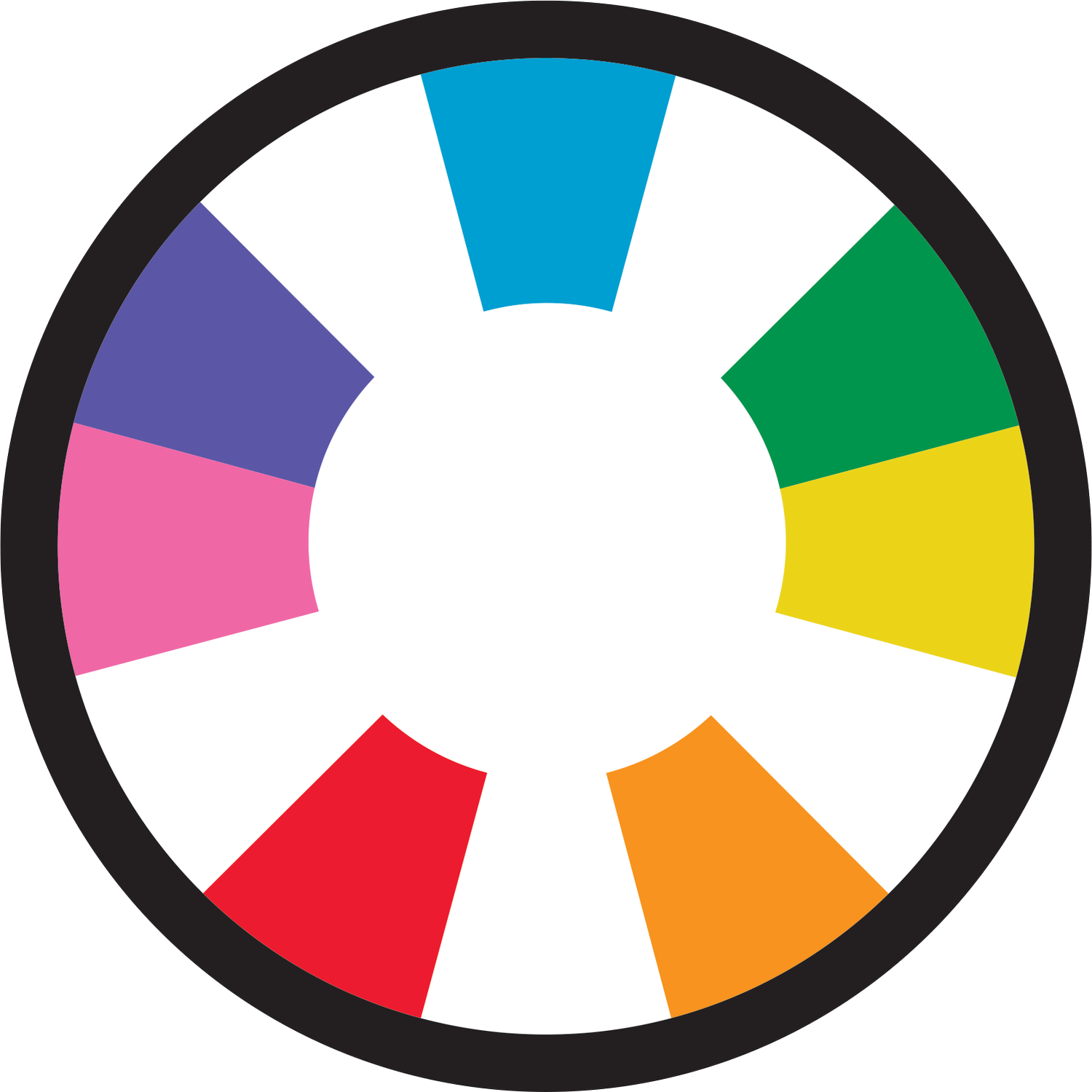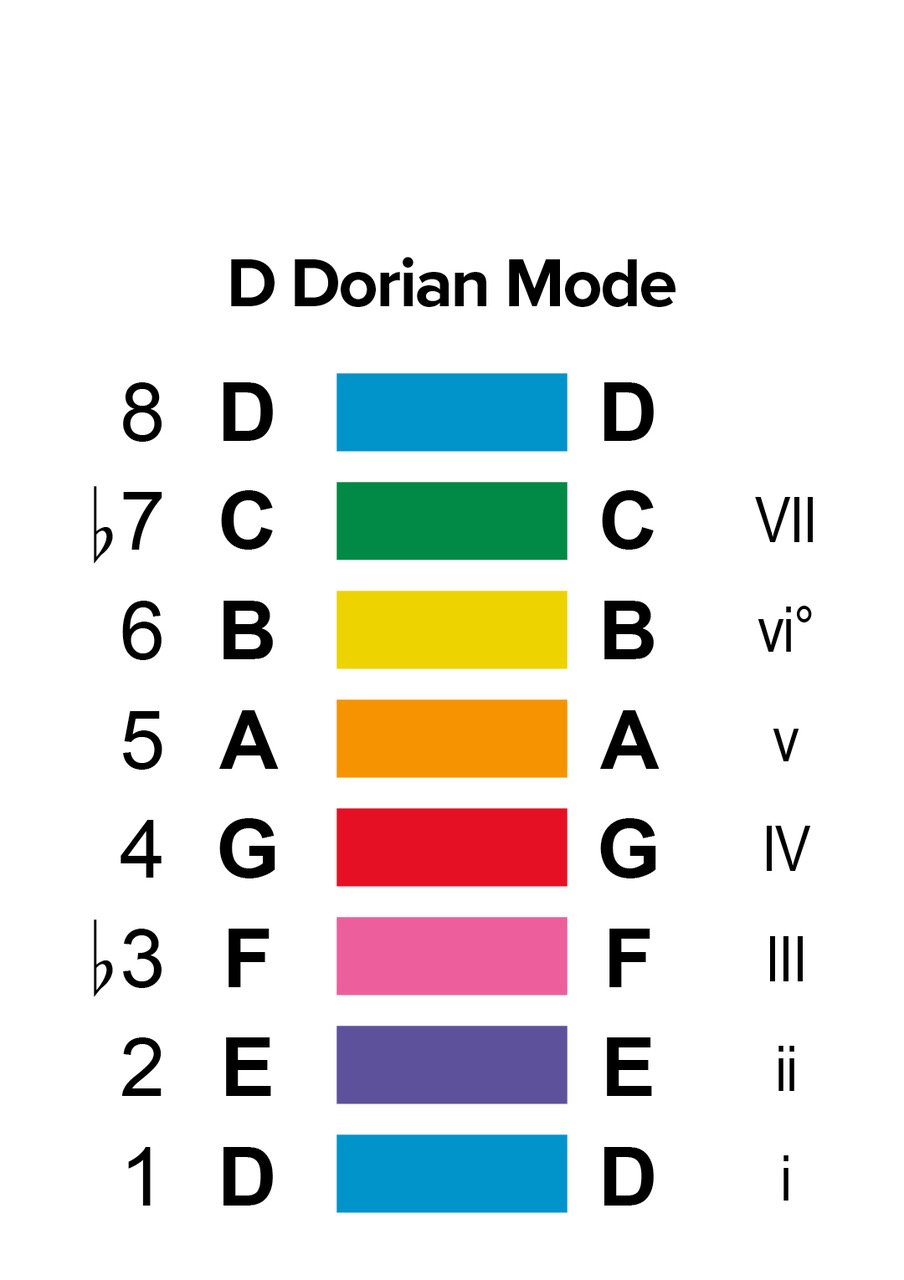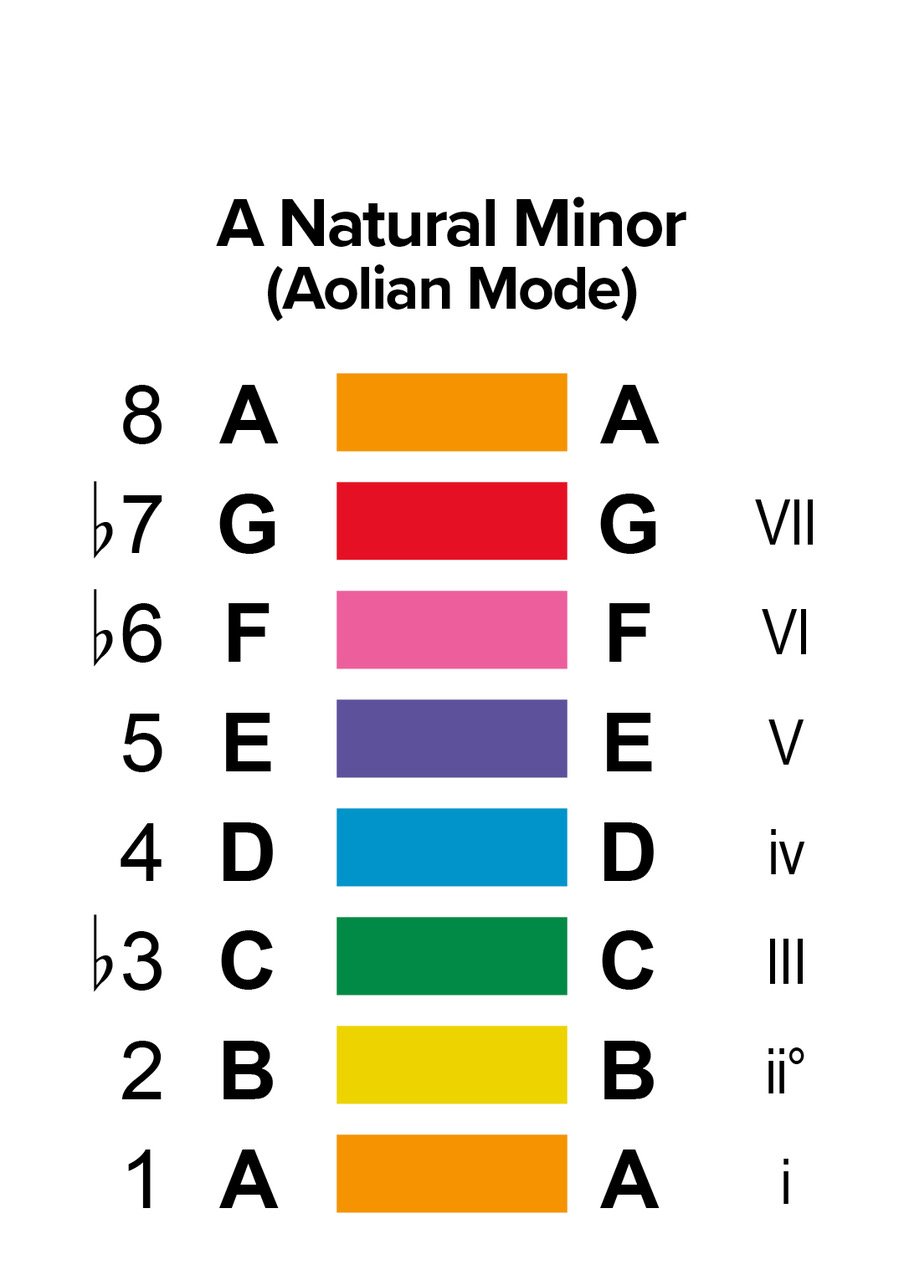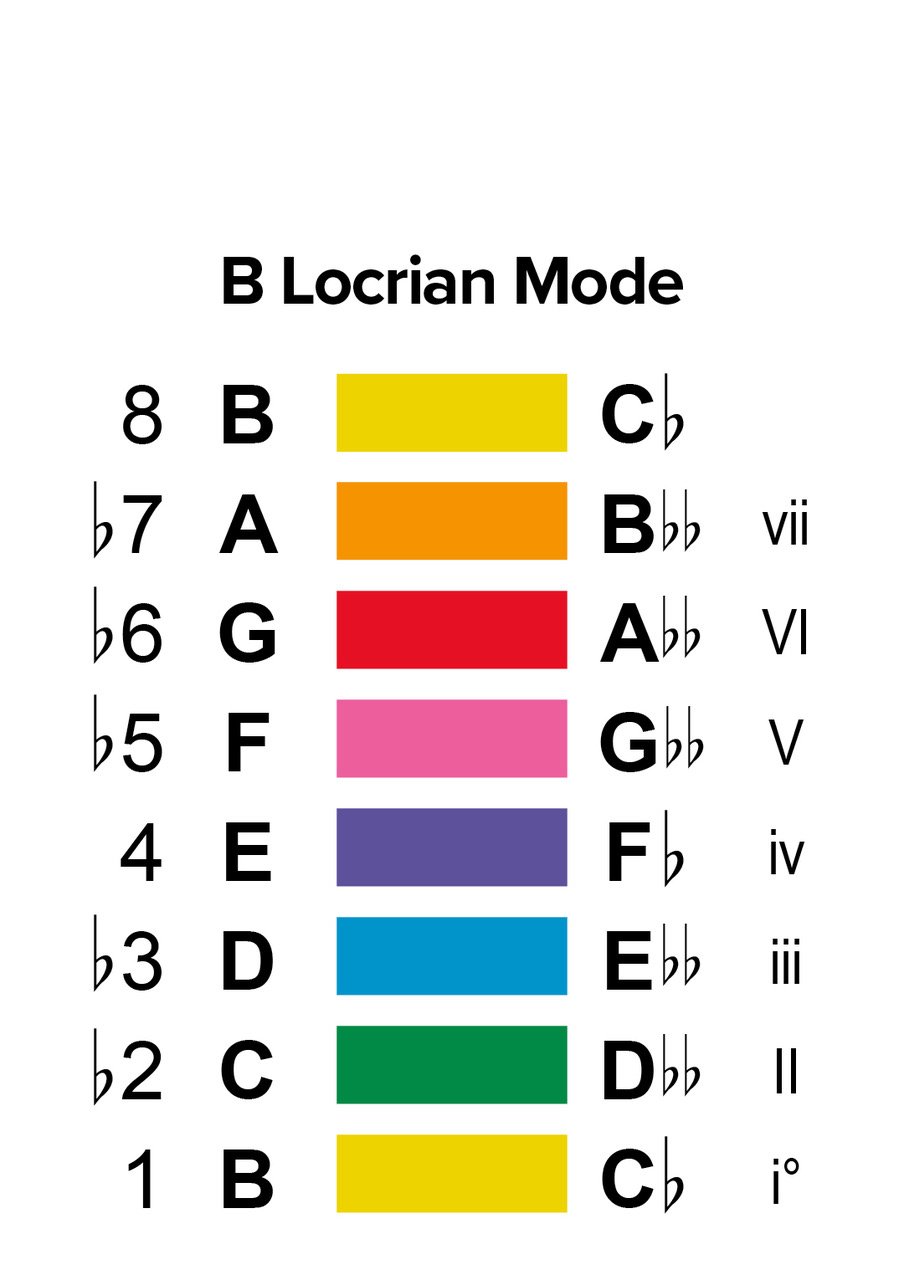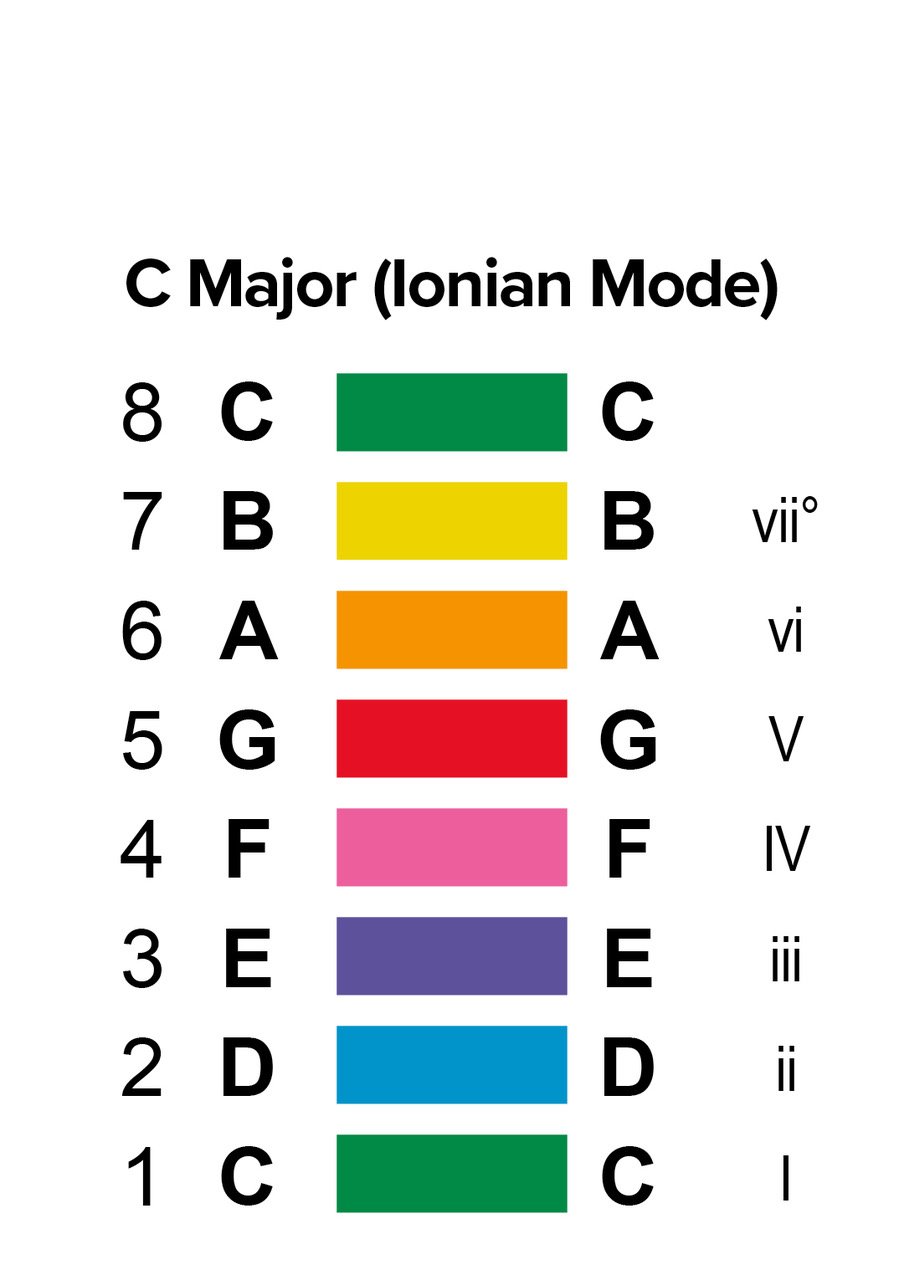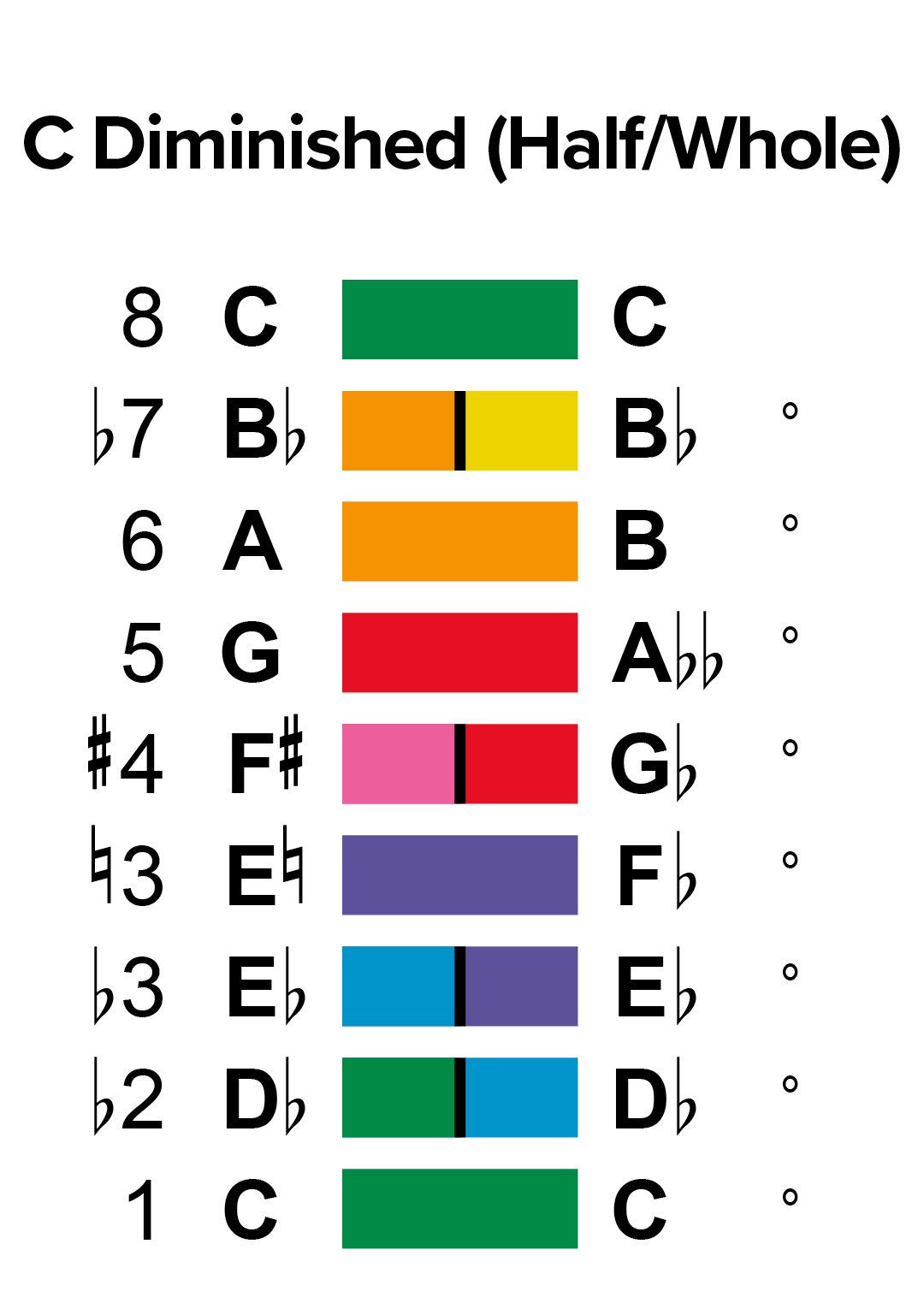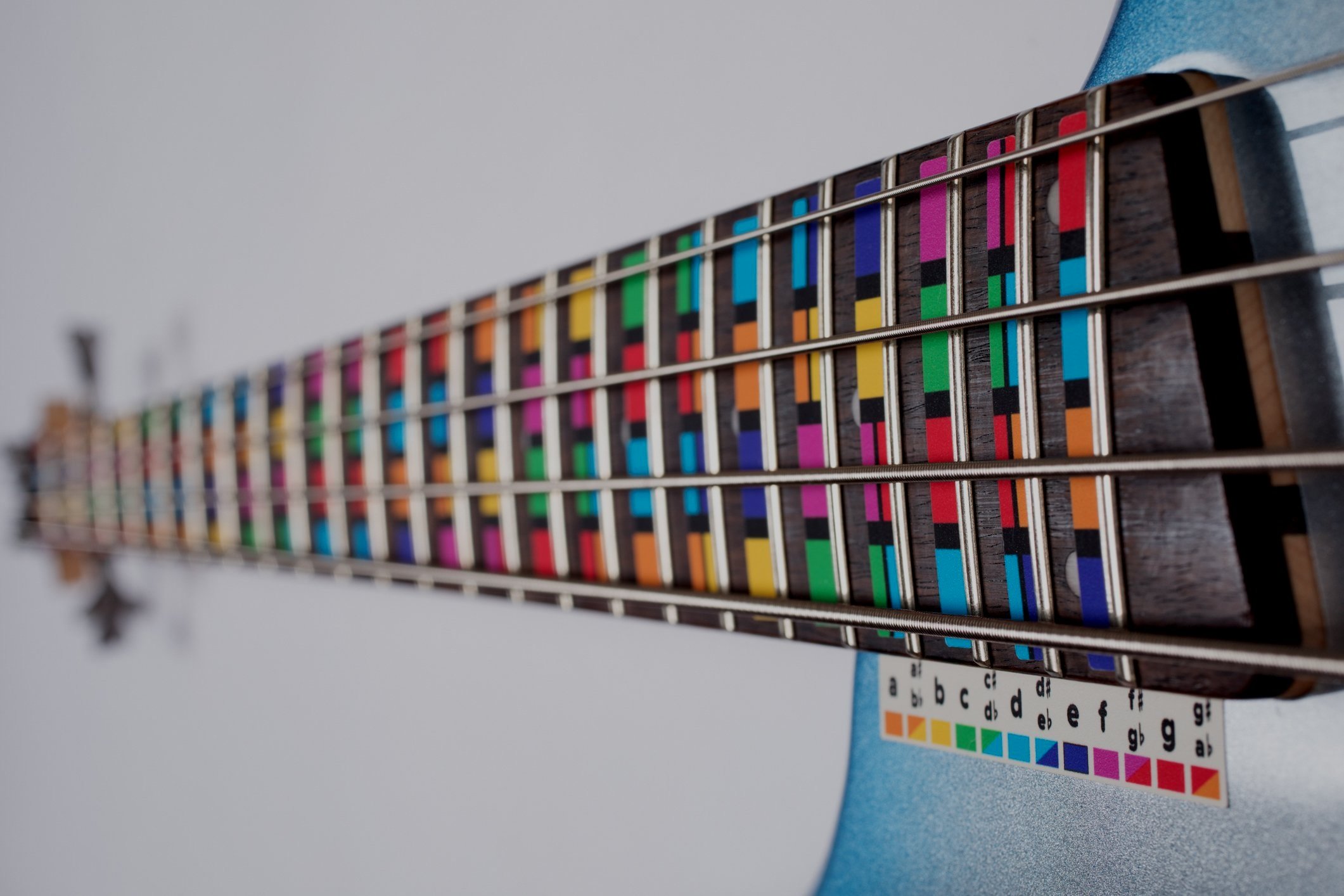
Color Coded
Music Scales
“An innovative way to make music fun and easy to comprehend for children and people of all ages." - Gardner Cole
"If you are a beginner or an expert guitarist it doesn't matter, the Musical Colors stickers improve your knowledge and familiarity with the fretboard." - Antonio Davide Pino
"Musical Colors stickers open new possibilities in musical ideas when composing or improvising on the instrument. They are very helpful in growing as a musician!" - Ray Flores
“Easy to understand with a fun filled process. I would have been lost without it and paid for lessons.” - Anton Nathrass
“These stickers inspired and supported my creative and unique approach to song writing.” - The Wiley One
“I believe in this product, the guitar stickers helped me visually learn the fretboard with ease.” - Brian Howland
“A perfect aesthetic compliment, as well as opening up some doors theory wise and visually.” - Russell Anthony
“I just love improvising on my guitar and actually seeing all the patterns at my fingertips." - Michael Wiley
Dream it
“An innovative way to make music fun and easy to comprehend for children and people of all ages." - Gardner Cole "If you are a beginner or an expert guitarist it doesn't matter, the Musical Colors stickers improve your knowledge and familiarity with the fretboard." - Antonio Davide Pino "Musical Colors stickers open new possibilities in musical ideas when composing or improvising on the instrument. They are very helpful in growing as a musician!" - Ray Flores “Easy to understand with a fun filled process. I would have been lost without it and paid for lessons.” - Anton Nathrass “These stickers inspired and supported my creative and unique approach to song writing.” - The Wiley One “I believe in this product, the guitar stickers helped me visually learn the fretboard with ease.” - Brian Howland “A perfect aesthetic compliment, as well as opening up some doors theory wise and visually.” - Russell Anthony “I just love improvising on my guitar and actually seeing all the patterns at my fingertips." - Michael Wiley Dream it
Learn To Play Piano, Guitar, Banjo, Ukulele, Mandolin, Violin And Bass Guitar Scales Using Color Coded Music Scale Cards That Rule
SCROLL DOWN TO LEARN TO PLAY EVERY SCALE IN C
& BUILD YOUR OWN AT THE BOTTOM OF THIS PAGE
Play Melodies
Using Natural Note Scales
Once you learn to play the 12 notes that are color-coded on your instrument, you can start practicing four (4) simple but powerful musical scales. Using only the naturals, AKA the “solids”, plays the two (2) scales shown here, and using only the sharps and flats or the “stripes” plays the two (2) remaining scales, shown further down. Let’s play with the seven (7) “solids” only. The first set of scales contains seven (7) notes each. They are stacked in 2nds, as alternating Wholetones (W) and Halftones (H), with the first Root Note (R1) of each scale repeating at the top an octave up (8) to complete the scale and serving as the traditional spring-board to playing the scale back down again in reverse. Notes are listed with their numerical scale degrees or intervals (1-8). Sometimes these are flat or sharp (like with the three flat intervals in the A minor Scale), giving any scale its musical flavor and mood. When you play the natural notes as a C Major “happy scale” (Ionian Mode), you are playing in the Musical Key of C: (C Major); when you play an A minor “sad scale” (Aolian Mode), it’s in the key of a: (A minor).
Practice playing the eight (8) notes of each scale in an ascending and descending order, using all of your fingers like a crawling spider. When you play single notes one after another or two (2) notes together (an interval) in an artistic way, it is called Melody. A melody is a group of notes that are played in a specific rhythmic order to convey some type of musical expression. As long as you play only chords with solid-colored notes, and if someone else plays a melody at the same time using only solid-colored notes (both instruments in tune with one another), you will sound harmonious together.
When you have mastered these two (2) scales anywhere on the playing surface of your musical instrument, you can instantly begin practicing five (5) extra scales or modes using only the natural “solid colored” notes. These seven (7) modes or scales all begin on one of the seven (7) natural notes, and color helps keep things easy.
Now You Can Play The Seven (7) Modes
Using Only The Solid Colored Natural notes in music
-
To play any one of the 7 musical scales listed below on a musical instrument that has Musical Colors sticker guides installed, scroll to the scale you wish to play by clicking the left or right arrows, clicking on one of the thumbnails shown (desktop only), or by swiping left and right. Once you arrive at the scale of your choosing, begin at the bottom root note (tonic) of the scale (i.e. marked with a number one), and work your way up on your musical instrument like a crawling spider, playing each successive note, making sure to repeat the root note (number one) of the scale an octave (number eight) above, and then back down to where you started.
Scales are listed below with their scale name, the scale degree for every musical note found in the scale, the musical note letter name, its corresponding Musical Colors color coded designation, any alternate musical note letter name needed to build any triad, and the chord function in upper or lower case Roman numerals (7 note scales only) for Major or minor triads ,sometimes with a º (diminished) or a + (Augmented), or written as a sonority (M, m, º or +) for each triad that can be built regularly in thirds from that note.
SWIPE LEFT & RIGHT OR CLICK ARROWS TO SCROLL THROUGH SCALES
Play Melodies
with Sharp & Flat Note Scales
Only the five (5) sharps and flats, the “stripes”, play the second set of scales. The first root note (R1) of each scale repeats at the top of the scale an octave up (8), like in the prior lesson. These scales contain only five notes, called Pentatonic Scales. They’re missing two (2) notes and, therefore, also contain larger stacked intervals, not just 2nds. However, they still have their 3rd and 5th scale degrees, supporting their Major and minor functions. Again, notice that these two scales can be enharmonically spelled in one of two ways. Also, remember that playing an open string on a stringed instrument is not a stripe-colored note, and hitting an open string by accident will result in playing some other musical scale than intended for this lesson.
As you familiarize yourself with playing all of these scales, you will begin to develop finger “muscle memory”, or the ability to remember what playing these scales feels like in your hands without looking. As you learn, slide the same fingering pattern to different positions along your instrument’s neck or move up and down the keyboard and play in the same way. These similar scales are in different keys since they start on different root notes. In this way, you can expand your ability to play these two types of scales in other musical keys and build upon your already growing and new melody-making skills.
-
Natural Notes – are the seven (7) white piano keys on a keyboard (A, B, C, D, E, F, and G)
Sharp & Flat Notes – are the five (5) black piano keys (A#/Bb, C#/Db, D#/Eb, F#/Gb & G#/Ab)
Enharmonic Spelling – a note that is equivalent to some other note but named differently
Octave – the interval between one musical pitch and another with double its frequency
Semitone – smallest interval in music (Halftone or half step) equal to one 12th of an Octave
Wholetone – a Major 2nd (also called a whole step) is a 2nd spanning two semitones
Interval – difference in pitch between two near occurring notes measured in semitones
Root Note – musical note at base of a scale or chord that serves as the home base name
Minor Scale – seven notes spaced apart by whole (W) and half (H) tones: (W-H-W-W-H-W-W)
Major Scale – are seven notes spaced apart by whole and half tones: (W-W-H-W-W-W-H)
Musical Key – a group of pitches, or scale, that forms the basis of a musical composition
Melody – a linear succession of musical tones that the listener perceives as a single entity
Pentatonic Scale – a fundamental form of a musical scale with only five notes per octave
Muscle Memory – procedure to consolidate a motor task into memory through repetition
Color Coded Scale Cards
Available Here In the key of C Natural
-
To play any one of the 68 musical scales listed below on a musical instrument that has Musical Colors sticker guides installed, scroll to the scale you wish to play by clicking the left or right arrows, clicking on one of the thumbnails shown (desktop only), or by swiping left and right. Once you arrive at the scale of your choosing, begin at the bottom root note (tonic) of the scale (i.e. marked with a number one), and work your way up on your musical instrument like a crawling spider, playing each successive note, making sure to repeat the root note (number one) of the scale an octave (number eight) above, and then back down to where you started.
Scales are listed below with their scale name, the scale degree for every musical note found in the scale, the musical note letter name, its corresponding Musical Colors color coded designation, any alternate musical note letter name needed to build any triad, and the chord function in upper or lower case Roman numerals (7 note scales only) for Major or minor triads ,sometimes with a º (diminished) or a + (Augmented), or written as a sonority (M, m, º or +) for each triad that can be built regularly in thirds from that note, including altered triads with sharp or flat thirds and or fifths.
SWIPE LEFT & RIGHT OR CLICK ARROWS TO SCROLL THROUGH SCALES
HEPTATONIC SCALES IN C
44 Scales From Around The World With 7 Notes
PENTATONIC SCALES IN C
12 Scales From Around The World With 5 Notes
HEXATONIC SCALES IN C
4 Scales From Around The World With 6 Notes
OCTATONIC SCALES IN C
7 Scales From Around The World With 8 Notes
NONATONIC SCALE IN C
One Scale From Japan that contains 9 Notes
BUILD A SCALE IN C
-
It is useful to know how to build any musical Scale from any musical Note, and what other Notes need to be present when you play the Scale. Click on the right or left arrows to move through the available Notes for any given position in the Scale. Initially, the Scale shown below, uses the seven (7) solid colored Natural Notes, arranged in a C Major Scale. There are an additional two (2) place holders for Notes that can be added to increase the size of the Scale, except for the 1 Tonic and 8 Octave Tonic, which remain consistent throughout. You should refrain from using two (2) identical Notes when building a Scale, even though they may be showing different Interval types. You may pick one or the other depending on how you build the Scale, and stack all the other Notes included. The minimum number of Notes to a Scale is five (5), known as a Pentatonic Scale, which means that a maximum of only four (4) Notes are removed from the Scale you are building. Three (3) Notes should be removed if you are building a six (6) note Hexatonic Scale, two (2) when building a traditional seven (7) note Heptatonic Scale, one (1) when building an eight (8) note Octatonic Scale, and none when building a nine (9) note Nonatonic Scale. In this way you can experiment with the structure mechanics of building a Scale and actually play it on your musical instrument.
